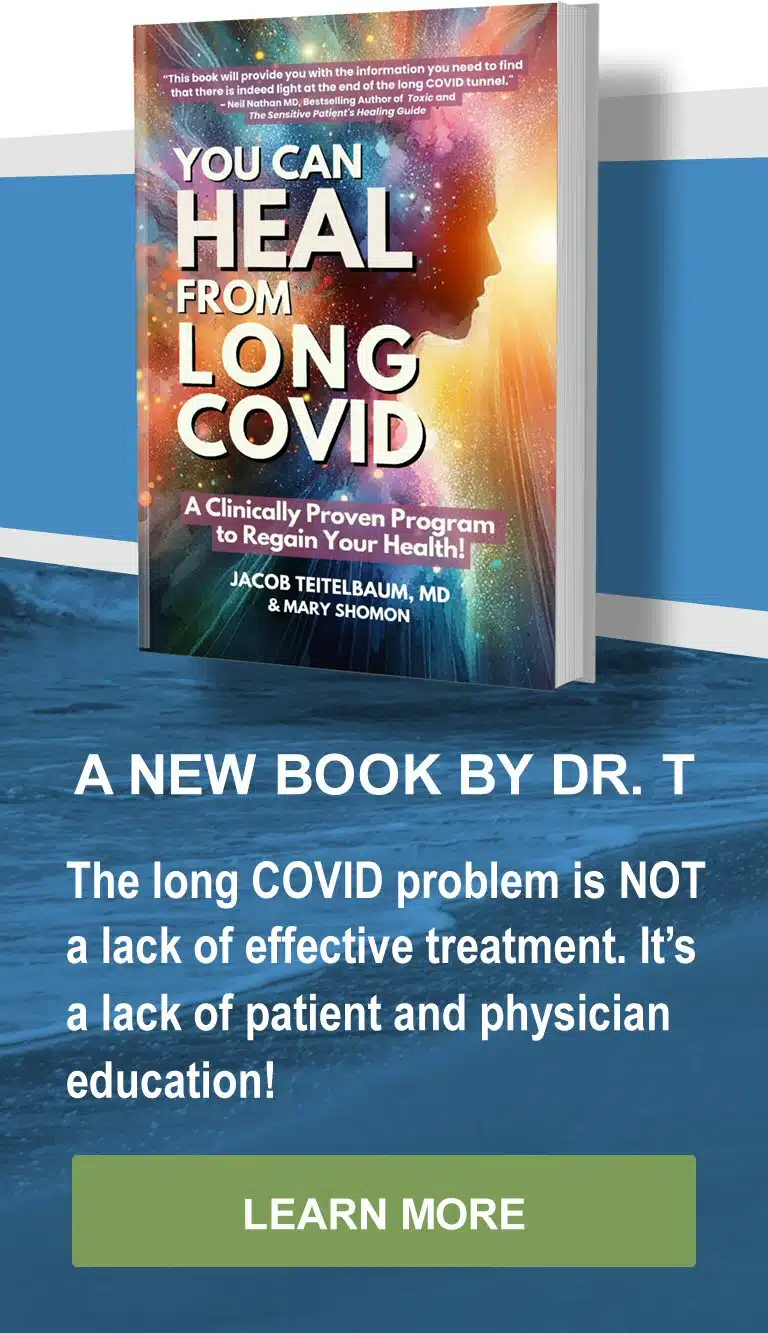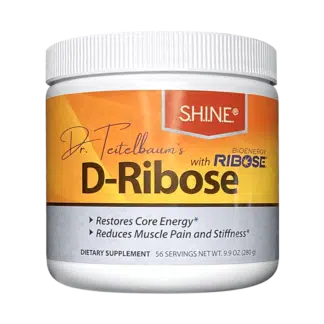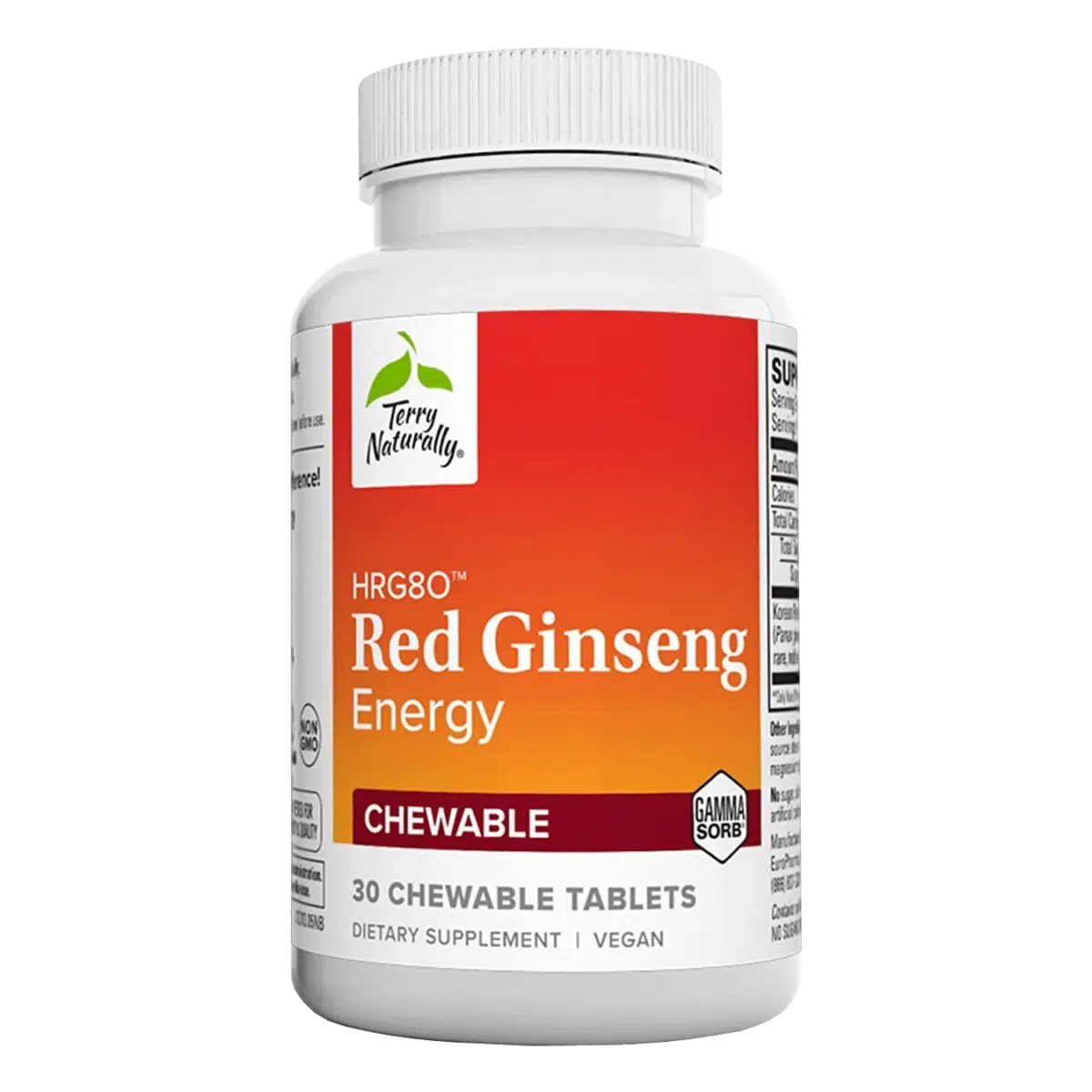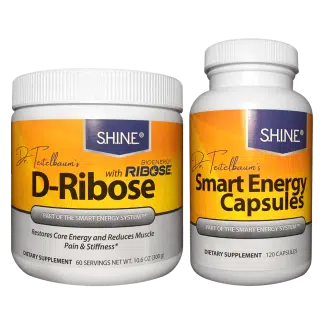Specific Health Topics
Detox
Tutorial
6 Ways to Stay Healthy in a Polluted World
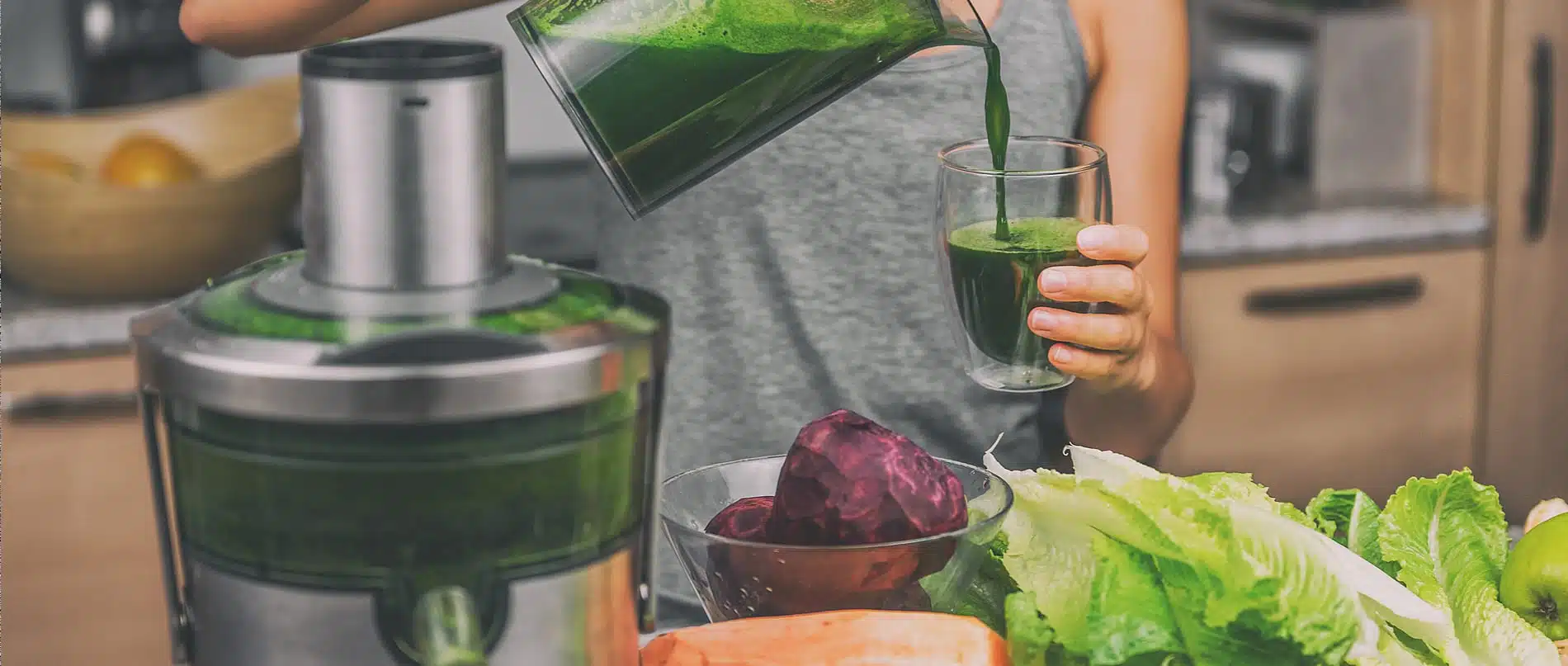
In my new book, Real Cause, Real Cure (Rodale, August 2012), I discuss the nine underlying real causes of suboptimal health — and "Real Cause #8" is cellular toxicity.
Toxins are stuff that your body can’t use and that can cause health problems if they hang around and gunk up cells. They include formerly good stuff (such as hormones) that have done their job and been broken down for disposal. They also include bad stuff (such as pollutants and pesticides) that in an ideal world wouldn’t have ended up in your body in the first place.
Normally, your body knows how to avoid excess toxins — you take in what you need, and you get rid of what you don’t.
Your liver detoxifies, using what are called phase I and phase II detoxification pathways. Your kidneys detoxify, filtering blood, removing toxins and dumping them into the urine for disposal. Your skin detoxifies, using millions of sweat glands. You even detoxify with every breath, inhaling life-giving oxygen and exhaling toxic gases.
Breathing demonstrates a basic fact about detoxification: the body does it automatically. No worries! (Most people can feel free to skip the fasts, enemas and other "detox" purges.)
But in our toxic environment — where there are more than 85,000 synthetic compounds that can mess with your body — it sometimes helps to improve detoxification by giving your body a helping hand. This article shows you six simple ways to do just that.
1. If you can’t read it, don’t eat it.
I used to give a yearly lecture on nutrition to third-graders in our local school. . Here is one of my recommendations to those kids is relevant for everybody: If you can’t read it, don’t eat it.
You know what I’m talking about: ingredients on food labels that are virtually unreadable, like acetaldehyde phenethyl propyl acetal (a "fruit" flavoring found in ice cream, candy, cookies and sodas).
I don’t think I need to do much convincing on this point, because not eating a lot of food with ingredients you can’t read is common sense. Why barrage your body with toxic chemicals if you don’t have to?
2. Take supplements that support detoxification.
Various stages of phase II liver detoxification require specific nutritional compounds to do their work. How can you make sure you’re getting those nutrients?
The Clinical Essentials™ multivitamin supplies all the amino acids, vitamin C and many other nutrients that support glutathione production and detoxification. It’s one of the easiest ways to purify!
3. Drink up!
Water plays a key role in daily detoxification. In fact, drinking enough water is probably the best action you can take to support your kidneys as they clean up your blood.
How much water should you drink every day? Just check your lips and mouth. If they’re dry, you need to drink more water. Another simple method: take a look at the color of your urine. If it’s a dull yellow color, there’s not enough water diluting it, so you should drink more.
But you want to be washing out toxins, not getting more in the water you drink. For clean tap water, I recommend installing a good filter. I’ve found the Multi-Pure brand does a good job. I am happy to recommend an expert on this subject, Bren Jacobson (410-224-4877), for those who want to buy a good water filter (most filters are not).
4. Speed up transit time.
"Transit time" is the term for the hours and days it takes for a meal to move from mouth to going out the rectum — the transit from one end of your digestive tract to the other.
A healthy transit time is about a day, although conventional doctors assert that 3 days is fine. Faster than 12 hours, and your body doesn’t have enough time to pull all the nutrients out of the food. Slower than 24 hours, and the digesting food starts to turn toxic — and those loitering toxins are reabsorbed into your system, causing and contributing to poor health.
To speed up transit time:
- Eat more fiber, the easiest way to speed up transit time. A
simple way to put more fiber in your diet is to eat whole grain cereal for breakfast every morning, like low-sugar Cheerios or Life cereal. Add a slice or two of whole grain toast for the transit time of your life! - Take magnesium, a must for healthy muscles and nerves,
including those responsible for peristalsis, the rhythmic muscle contractions that move food through the digestive tract. - Drink more water. Without it, your stools tend to be small
and hard, slowing transit time. - Take vitamin C, which attracts water into the colon,
softening stool and speeding transit time. Between 500 and 1,000 mg is a good level for most people. - Exercise regularly, which provides a kind of intestinal
massage that can speed transit time. - Optimize thyroid function, because an underactive thyroid
slows down everything in the body, including transit time.
5. Take a probiotic supplement.
Probiotics provide the same friendly, health-giving bacteria that typically inhabit your gut (like Lactobacillus acidophilus). These good-guy bacteria combat bad bacteria and fungi which, if allowed to multiply, can make you toxic.
All probiotic supplements are not created equal, however. Many don’t contain the number of bacteria advertised on the label. Or the bacteria in the supplements are dead. Or they die in the acid environment of the stomach. Any of these mean the probiotic isn’t doing you much good.
In my practice, I use the form of high potency acidophilus,which don’t have the above mentioned defects. Take 1 pearl a day for 3-5 months, then every other day.
6. Sweat it out in a sauna.
Sweating for health is a worldwide tradition, from Native American sweat lodges to the Finnish sauna, and I think "sweat therapy" is a great way to aid detoxification. I recommend (and use myself) a type of sauna called the "far infrared sauna." An excellent company that sells these is High Tech Health.
A few suggestions for safe and effective saunas:
- Don’t overdo it. Start with a few minutes, at a lower temperature, and gradually work your way up to longer durations and higher temperatures as you feel comfortable (following the guidelines in the sauna manual).
- Listen to your body. If you’re feeling light-headed or otherwise uncomfortable in a sauna, it’s time to come out.
- Prevent dehydration. Take drinking water into the sauna and sip throughout.
- Rinse off afterward. It prevents toxins from being reabsorbed.


